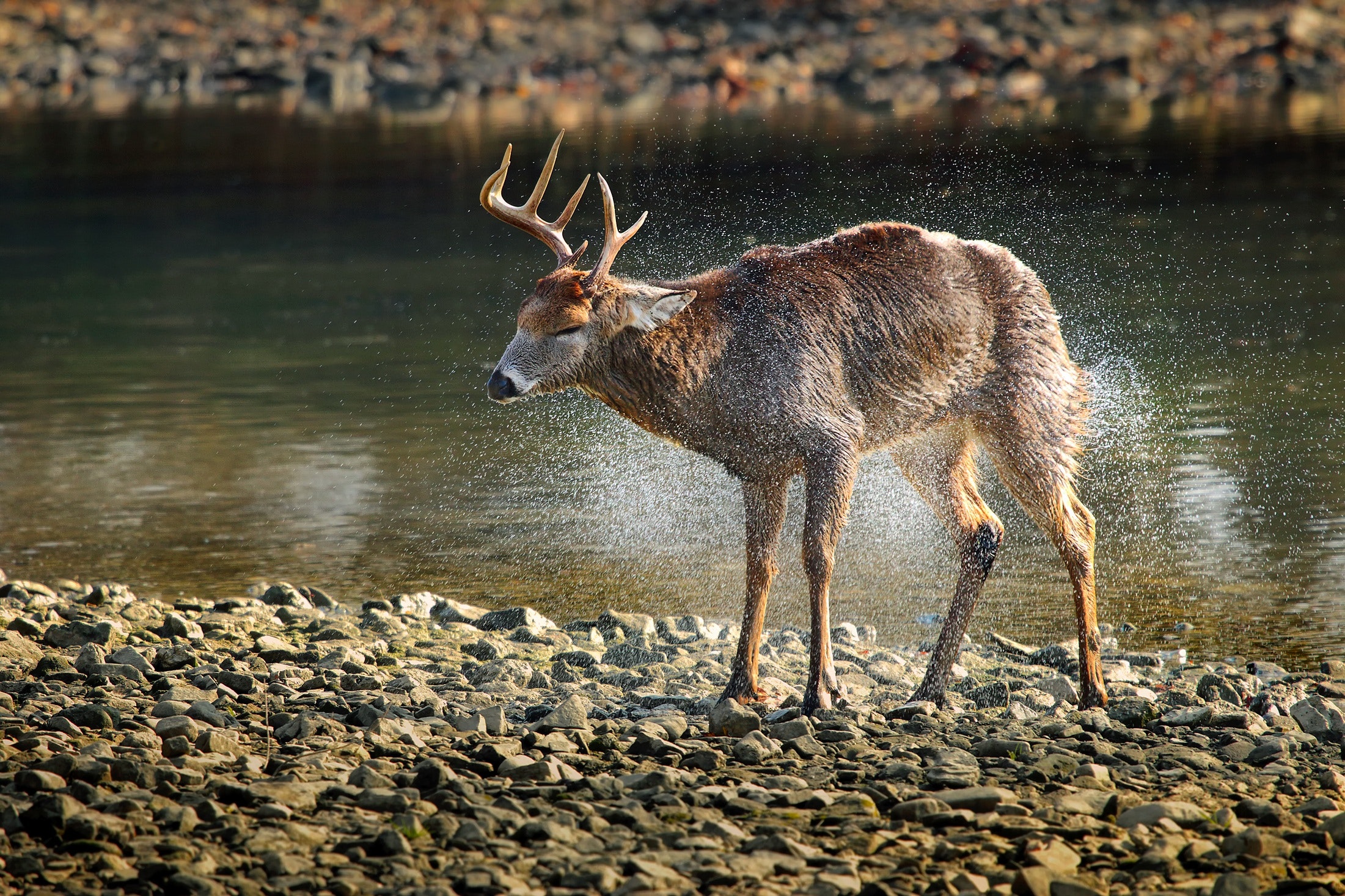Coexist with wildlife while preventing damage

COLUMBIA, Mo. — Few things are more enjoyable than watching deer in your backyard or listening to squirrels chatter at dusk or dawn from your patio.
That is, until you find that they have inflicted costly damage to your home, patio furniture, flower bed or garden. In some cases, such as bird droppings, wildlife can even be hazardous to your health.
Landowners and homeowners need to tolerate some wildlife damage, but they should also take proactive steps to prevent problems, says Robert Pierce, University of Missouri Extension fisheries and wildlife specialist.
Preventing wildlife damage can be costly, says Pierce. “There are no panaceas or magic bullets,” he says. Measures should be part of an integrated pest management system using a variety of techniques.
For measures to succeed, it is important to correctly identify the species causing the problem, understand their behavior and evaluate the damage. While keeping in mind the positive value of wildlife, consider a variety of solutions and choose the one that is most effective, cost-efficient and humane.
Some ways include:
• Physical barriers. Add fencing, put foam over openings in structures or install flashing around trees.
• Habitat. Remove food, water and cover sources that wildlife use. Remove pet food bowls and clean up brush piles, grass and woodpiles. Close off crawl spaces where rodents can enter to take refuge.
• Remove the welcome mat. Use visual scare controls such as plastic owls, hawks or scarecrows. These can work well for preventing bird damage. Create noise and use appropriate taste or odor repellants as short-term solutions. While inexpensive, these methods work best when used with other methods and may cover only a small area for a short time.
• Shooting or hunting. Check regulations and consider safety.
More aggressive methods include traps and labeled toxicants. Pierce says it is important to follow all state and federal regulations before implementing a damage control program. For more information, the free MU Extension publication “Solving Wildlife Damage Problems in Missouri” is available at extension.missouri.edu/g9425. The publication includes contacts for technical assistance from the Missouri Department of Conservation and USDA-APHIS Wildlife Services.
Many MU Extension guides on wildlife damage management are available at county extension centers or online at extension.missouri.edu/programs/nuisance-wildlife.
Miss Clipping Out Stories to Save for Later?
Click the Purchase Story button below to order a print of this story. We will print it for you on matte photo paper to keep forever.

